Minergie homes are booming in Switzerland
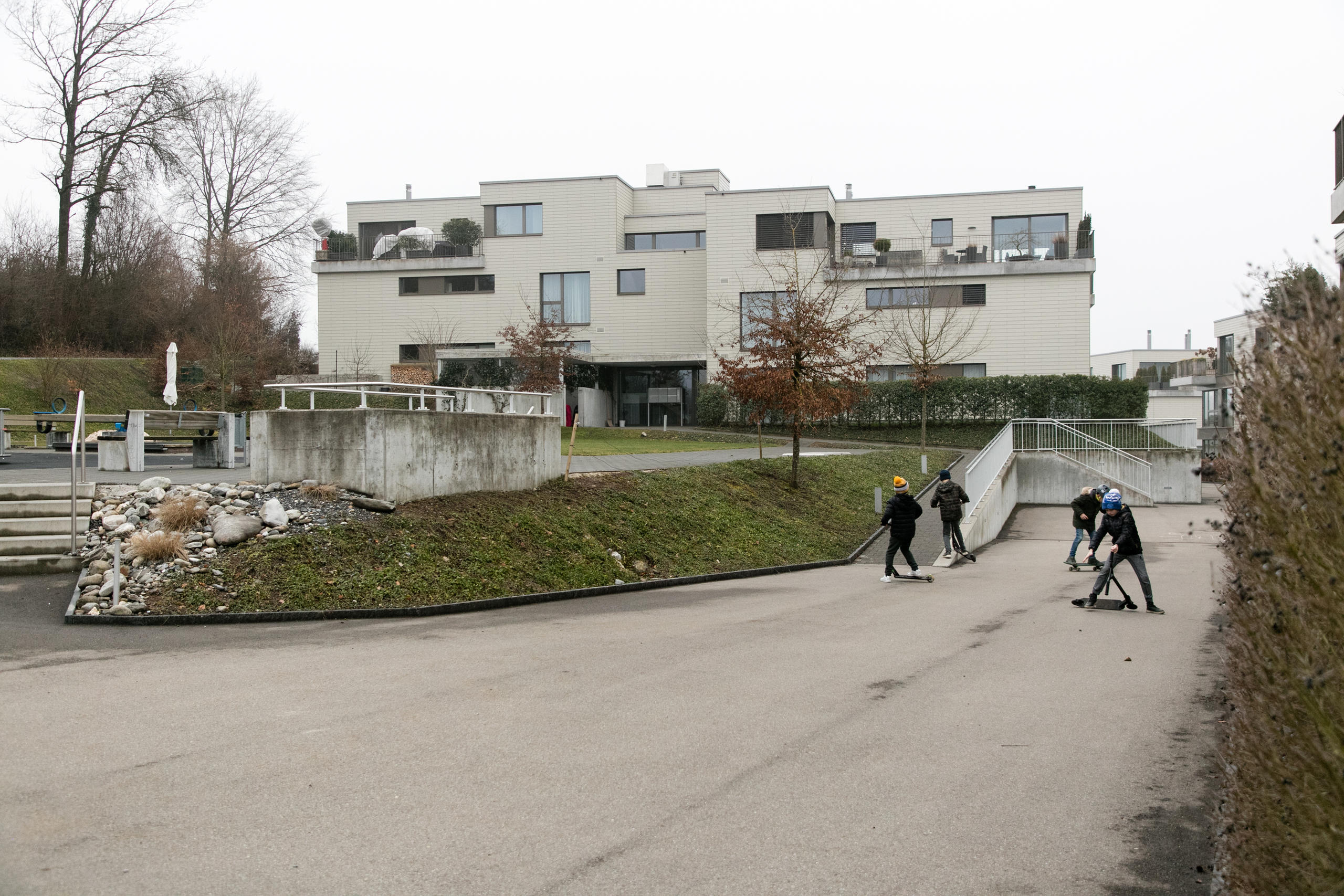
Switzerland’s Minergie label for sustainable construction is booming for new buildings in German-speaking Switzerland. A family shows us how it is managing the apartment it owns, which was built according to the label’s energy-saving, environmentally friendly standards. A few things work differently from in a “normal” house.
Erica and Mirko have 15 years’ experience with Minergie. They first lived in a Minergie-certified rental apartment. About five years ago, they bought a large apartment (5.5 rooms) built to Minergie standards in the Zurich metropolitan region, where they live with their three children aged ten, four and one.
They are soon moving to a semi-detached house and for the first time, they will be living in a building with no Minergie certification.
“We have mixed feelings about moving,” says Erica, because they like their residential estate very much.
Their reason for moving has nothing to do with Minergie. When they bought the apartment, they had two children – the third came later and was unexpected. So now they are moving into a house with more rooms.
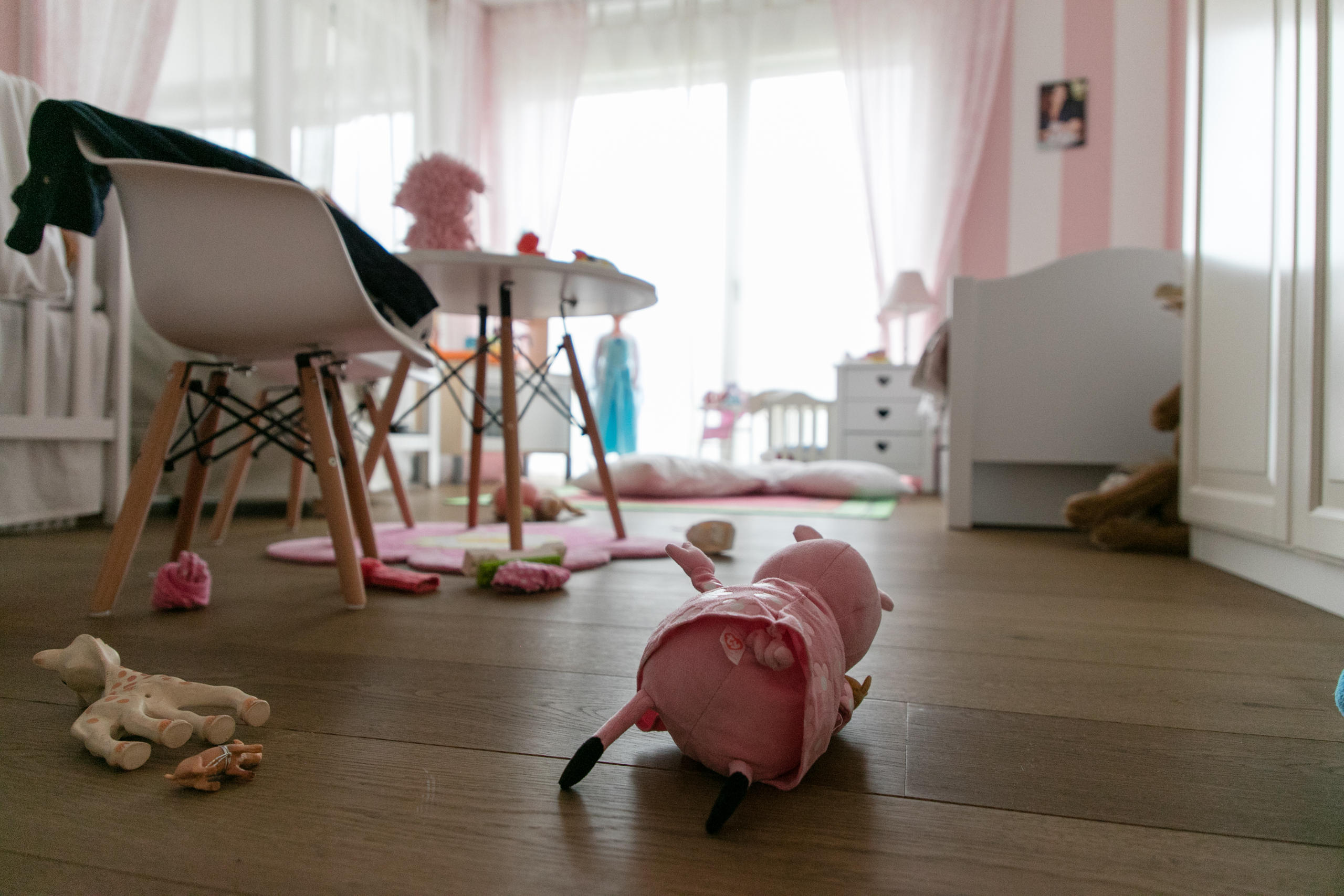
Minergie on a day-to-day basis
Perhaps the biggest difference from a normal apartment is the fact that you don’t have to open the windows to ventilate, because fresh air enters automatically.
“If we are cooking, we have to turn the ventilation right up so that the air circulates more quickly,” says Mirko. “And lighting a fire in the hearth is not easy!”
The specific levels of oxygen and pressure mean it takes a bit of practice to get the fire burning. But on the other hand, the apartment is never stuffy when they come back from vacation.
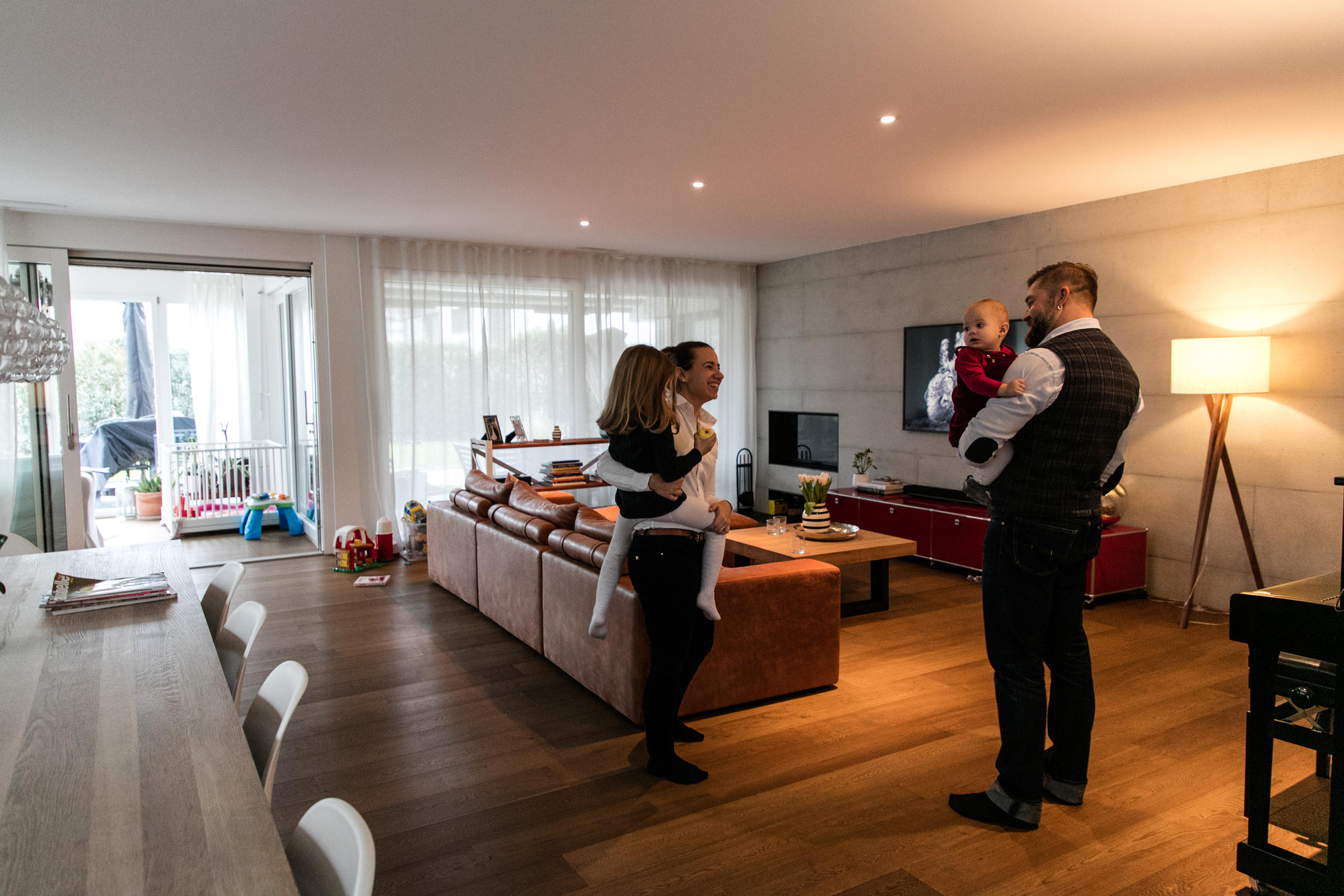
Erica and Mirko can regulate the heating themselves and open windows in the apartment they own.
“In our rental apartment, we couldn’t regulate anything, it was all done centrally,” Erica says. The ventilation circulated air through the whole building.
“If the tenant on the ground floor had eaten chicken, we smelt it upstairs,” Mirko says. They both laugh at this memory.
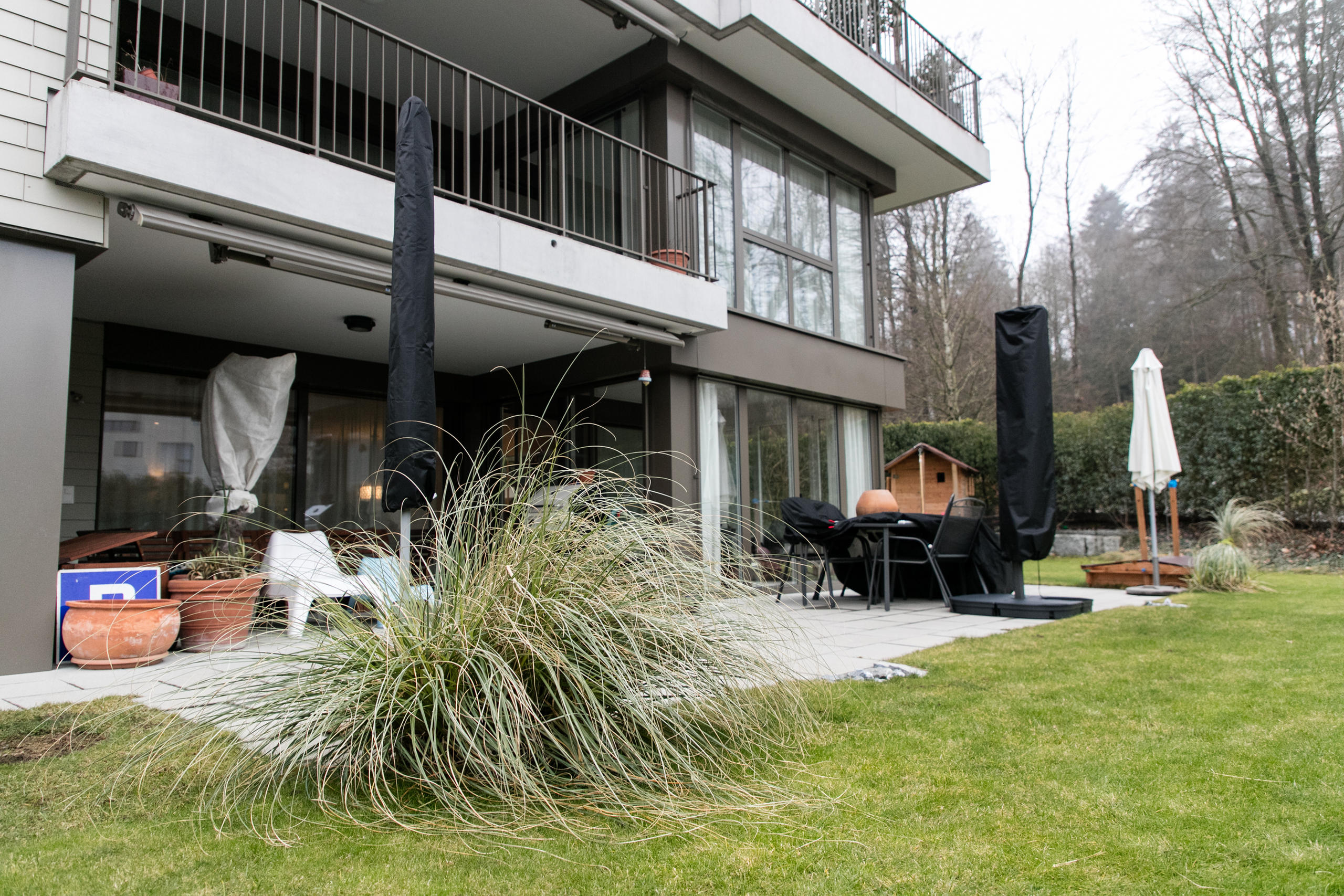
The key to Minergie is that good insulation and controlled ventilation mean less heat is lost. “You don’t waste any energy unnecessarily,” Erica says.
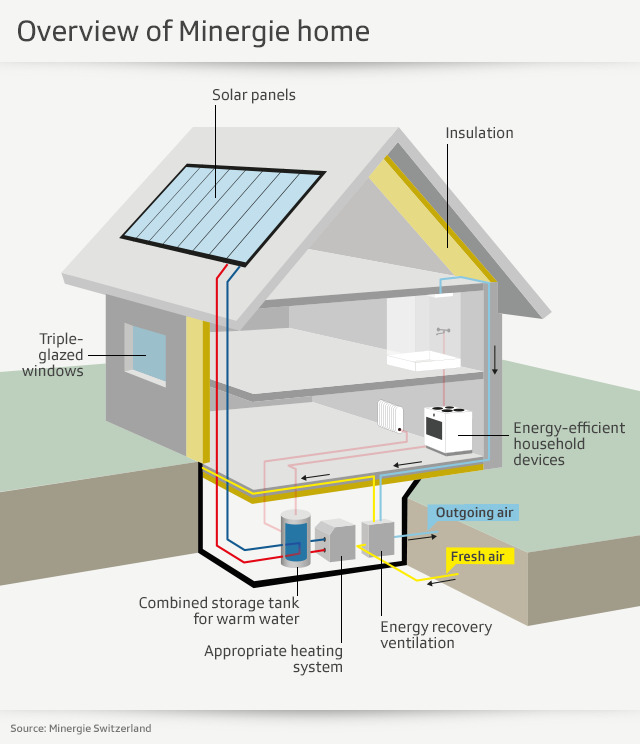
What Minergie costs
Minergie saves energy, and therefore money. But servicing the ventilation regularly costs money too. Filters also have to be replaced regularly. And the label itself has a price: apartment owners pay the Swiss Minergie Association at least CHF1,200 ($1,200) to certify a simple one-family detached house.
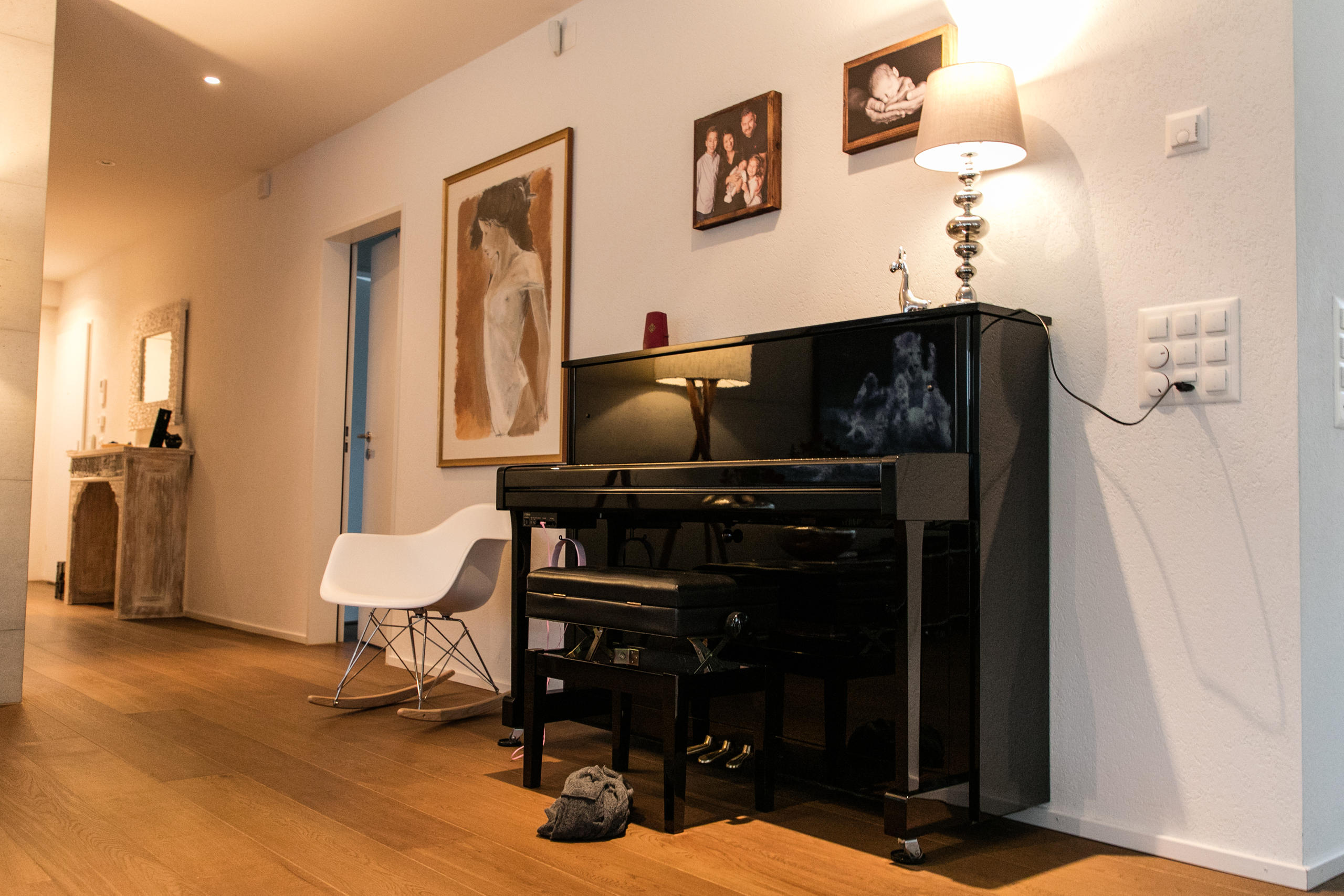
They pay CHF2,300 in mortgage each month and CHF800 house-related costs – so CHF3,100 per month. That is cheaper than the rental apartment where they lived.
“Given the low interest rates on mortgages, it’s worth buying property instead of renting as long as you have the capital for a deposit,” Erica says.
Buildings with Minergie standards are also eligible for subsidies and mortgages are sponsored by the banks.
“An owner can benefit from national and cantonal subsidy programmes,” Minergie Switzerland confirms. “And a lot of financial institutions offer advantageous mortgages or contribute to the certification costs.”
Minergie boom in Switzerland
Erica says that in her circle of acquaintances, nearly everyone building homes is applying the Minergie standards. The three Minergie standards are particularly popular in German-speaking Switzerland, especially in Zurich.
The label is a success story. In the last 20 years, almost 50,000 buildings have been certified by Minergie.
“That represents between 10-25% of new buildings, depending on the region,” says Andreas Meyer Primavesi, the executive director of Minergie Switzerland.
Even schools, hospitals, administrative offices and multi-storey blocks are being built according to Minergie standards.
Although the original motive for founding the label was environmental protection, many home-builders today decide in favour of Minergie methods for financial reasons.
“Studies show that increased comfort and the fact that Minergie adds value play a key role in the decision to build according to Minergie standards,” says Meyer Primavesi. A Minergie-certified property can be sold later at a higher price.
Mild criticism despite the success story
Minergie is unquestionably a Swiss success story. But there has been some criticism: Minergie houses use more energy than was calculated, the building methods raise the risk of asthma, and the ventilation doesn’t always function as desired.
“If the ventilation system is too extensive or not properly regulated, it can cause dry air and noise,” Meyer Primavesi concedes. To ensure quality, the association has launched a new quality system.
Erica and Mirko have no problems with the ventilation. “It is dry – we notice the effect on our wooden furniture,” Mirko says. But that doesn’t bother them. They say they have also got used to the noise.
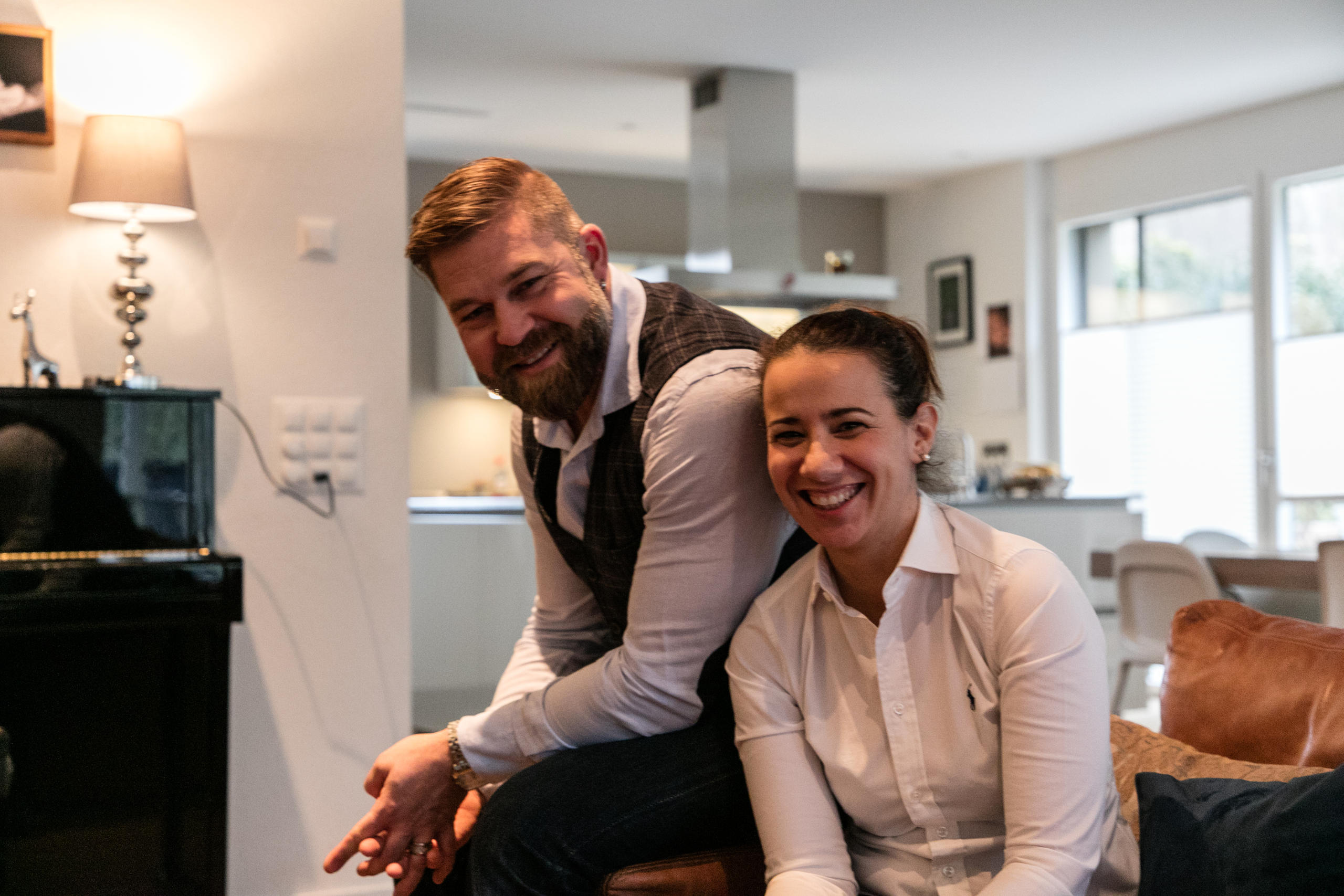
In the new house, everything will be a bit different: no automatic ventilation and the heating costs may be higher because of bad insulation – they don’t know yet. Erica is looking forward to the separate kitchen-diner, even if it’s unfashionable today.
“The children can do their homework at the kitchen table – that will be cosy,” she says.
Minergie Certificate
Minergie is a Swiss quality label for sustainable construction. The aim is reduced energy use thanks to good insulation and systematic air circulation via ventilation. Minergie houses should be able to get by without gas or oil, instead relying on heat pumps and solar energy. The label belongs to the Swiss Minergie Association, founded in 1998 and supported by the federal and cantonal governments.
The national rights to the label extend to Switzerland, Liechtenstein, Germany and Japan.

In compliance with the JTI standards
More: SWI swissinfo.ch certified by the Journalism Trust Initiative










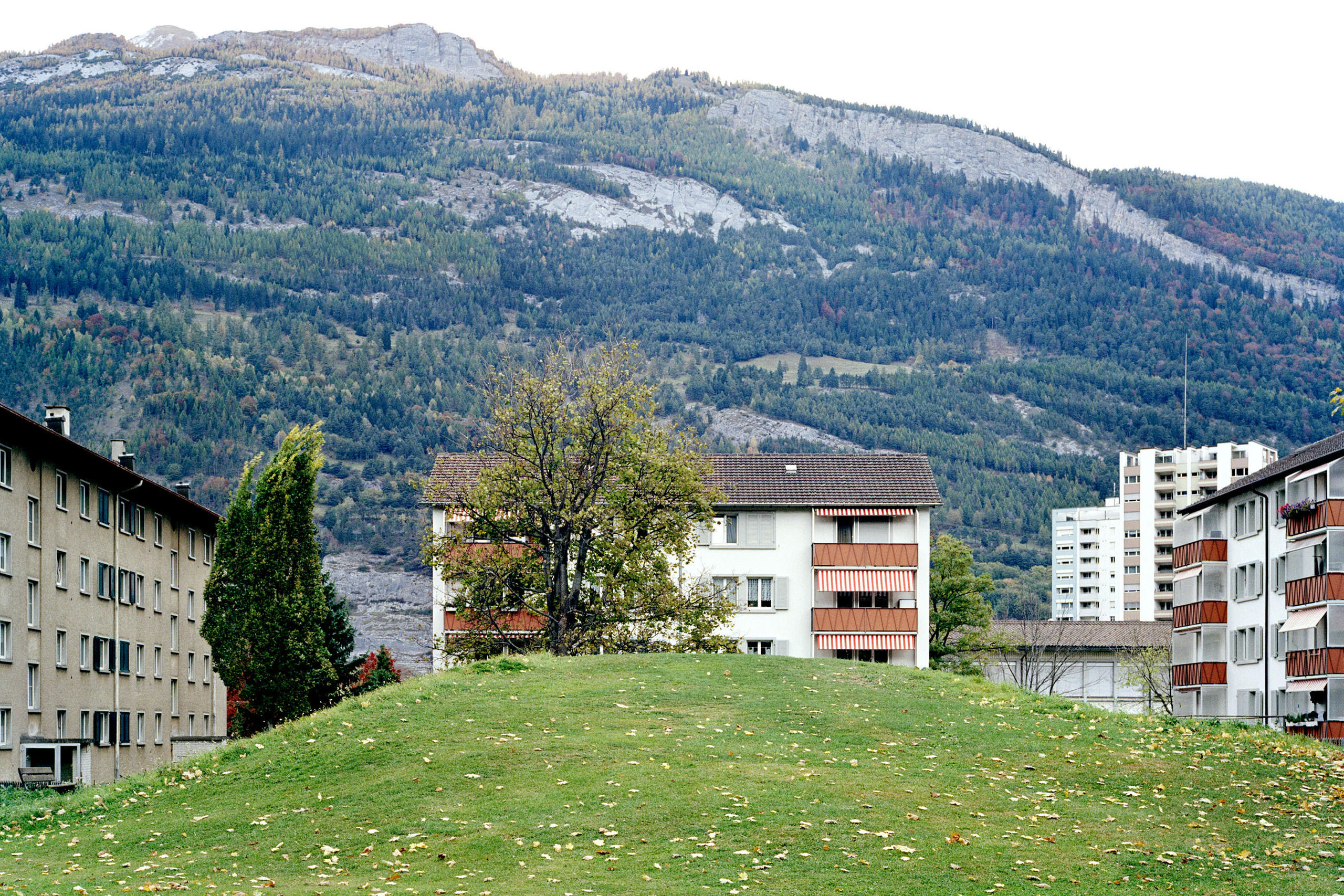
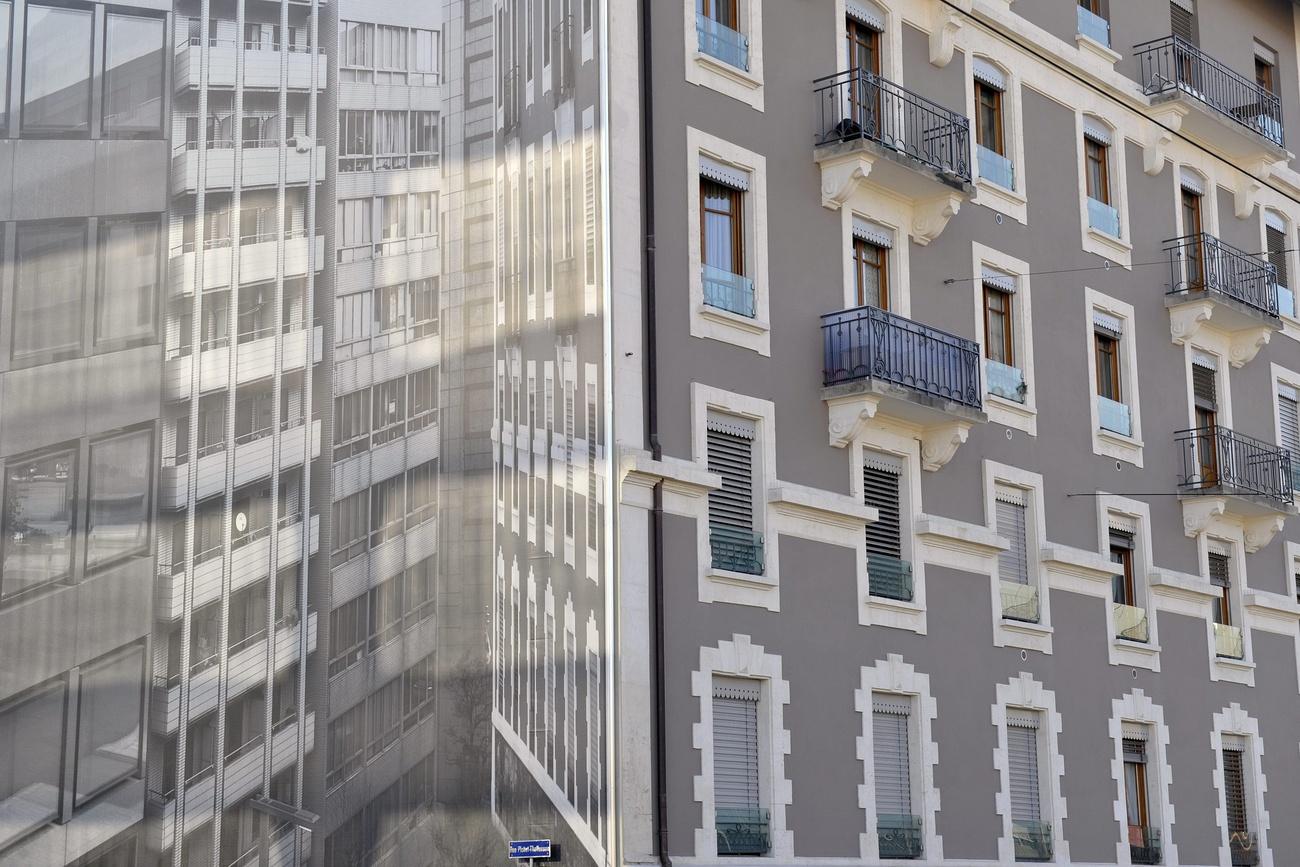
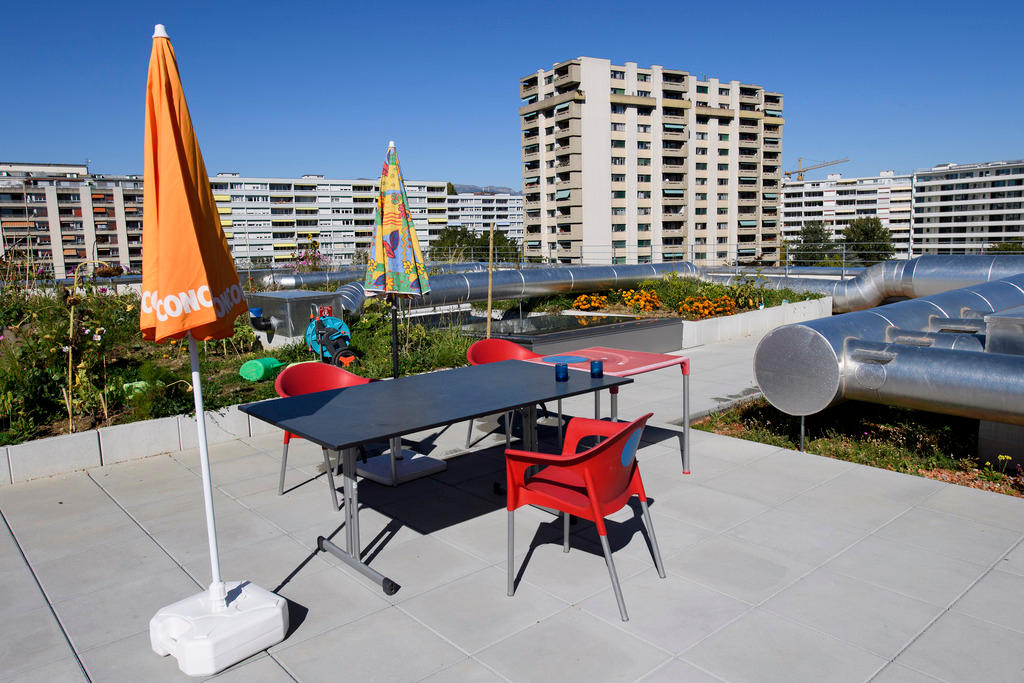
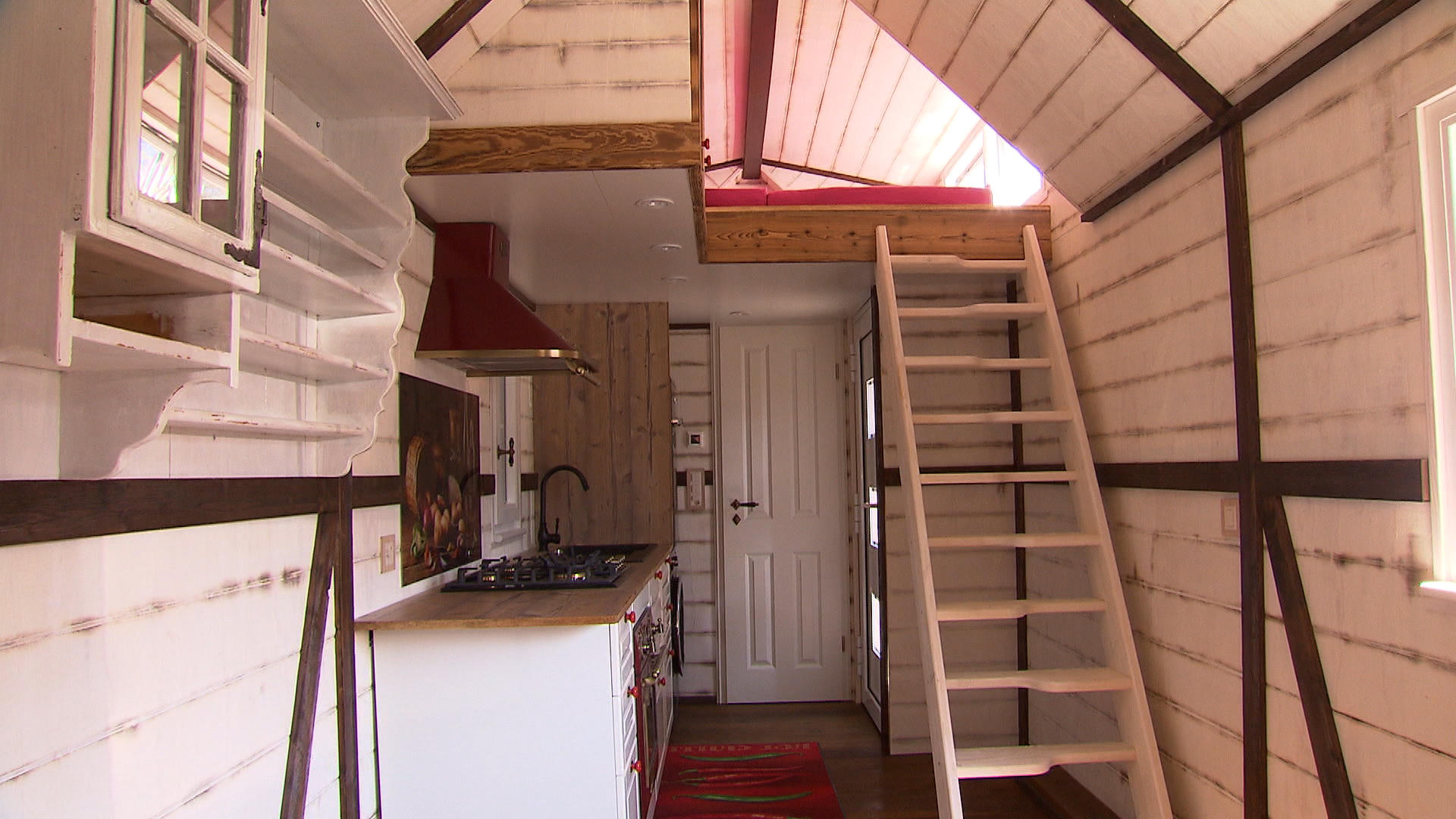
You can find an overview of ongoing debates with our journalists here . Please join us!
If you want to start a conversation about a topic raised in this article or want to report factual errors, email us at english@swissinfo.ch.